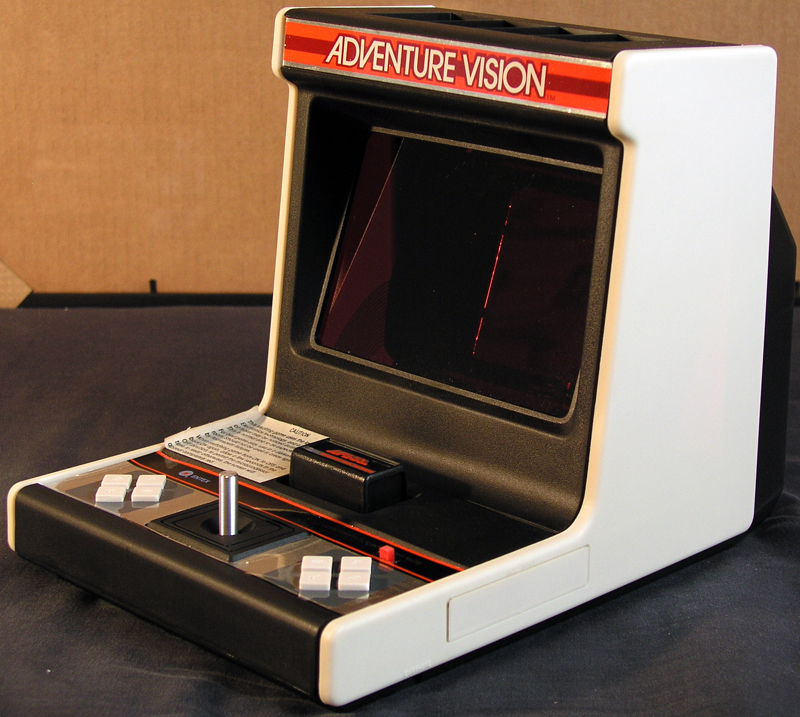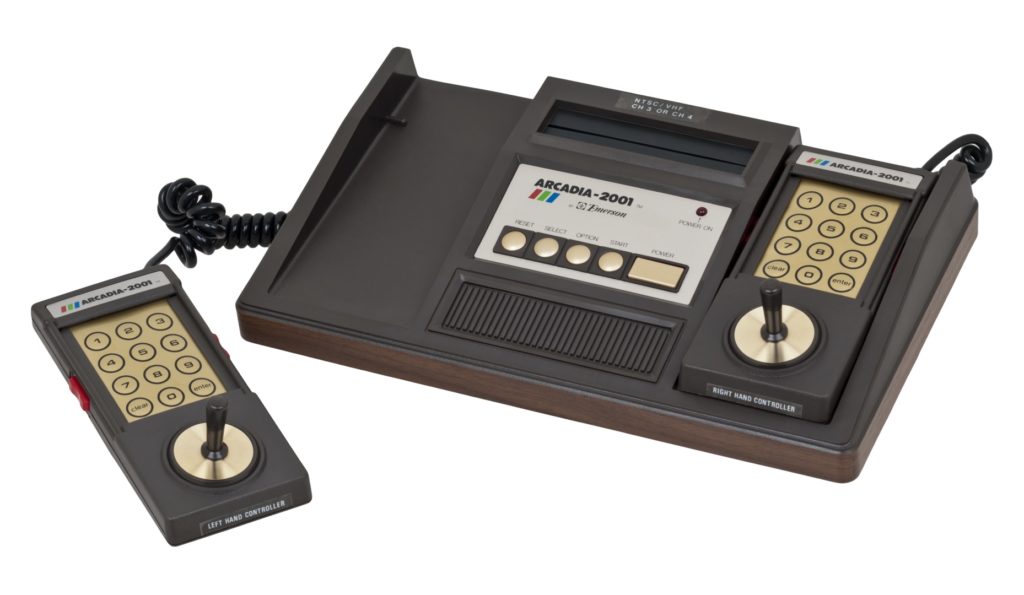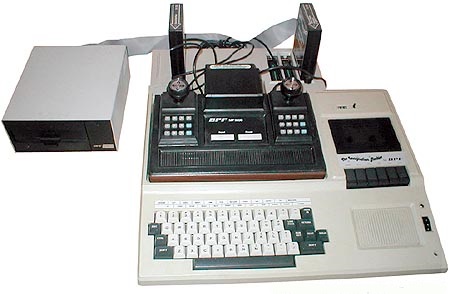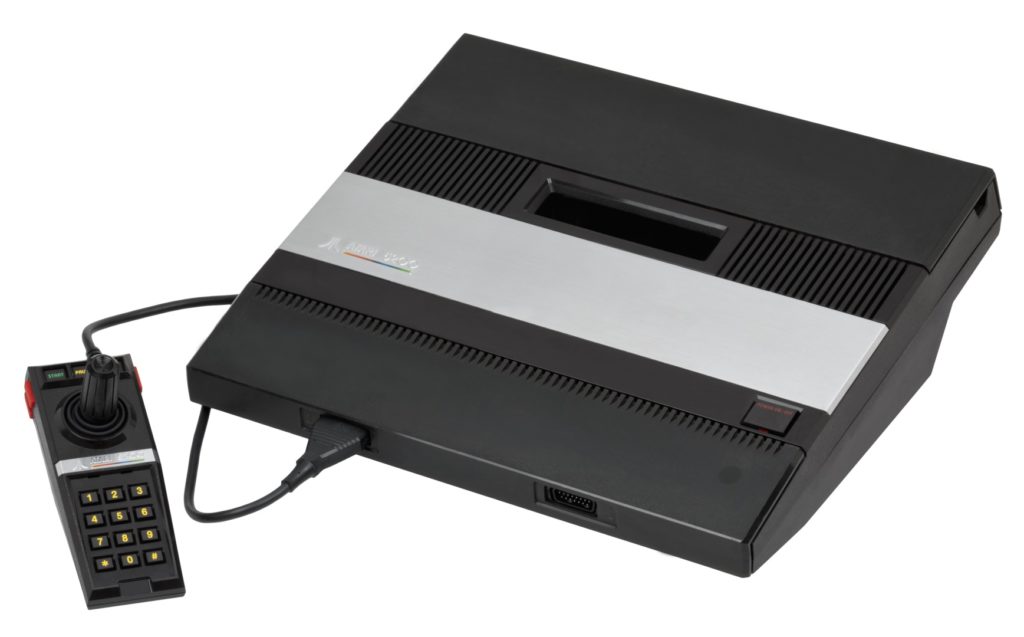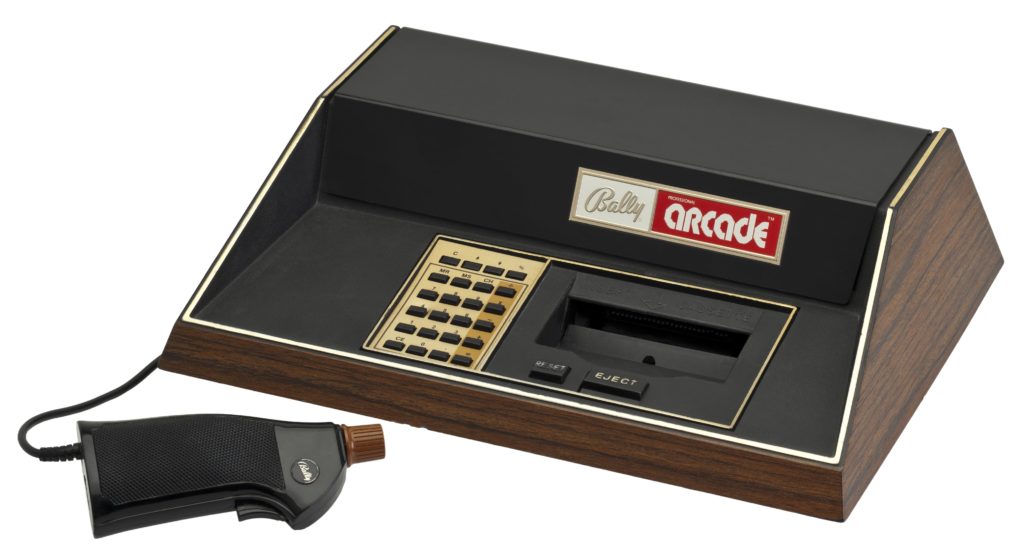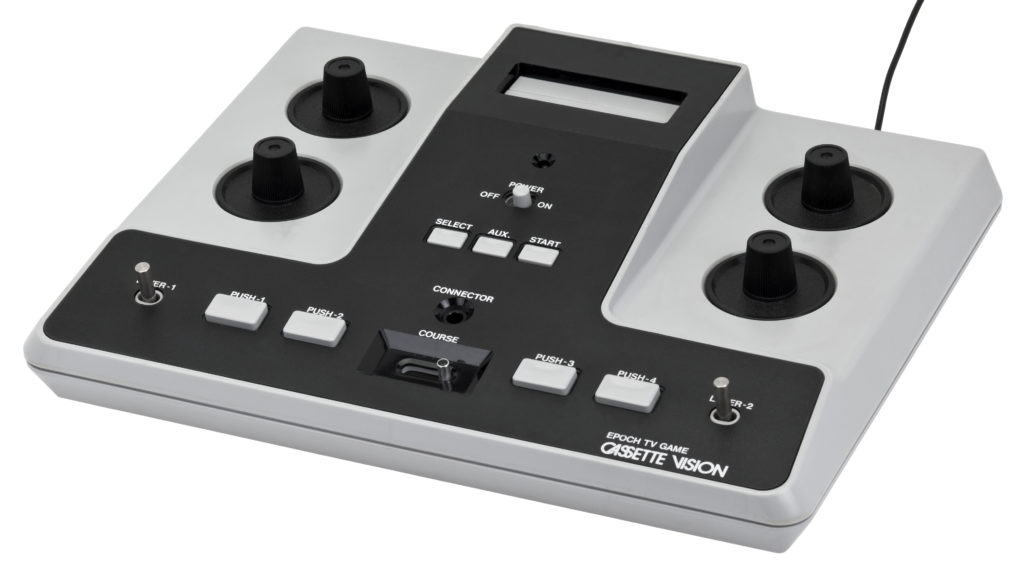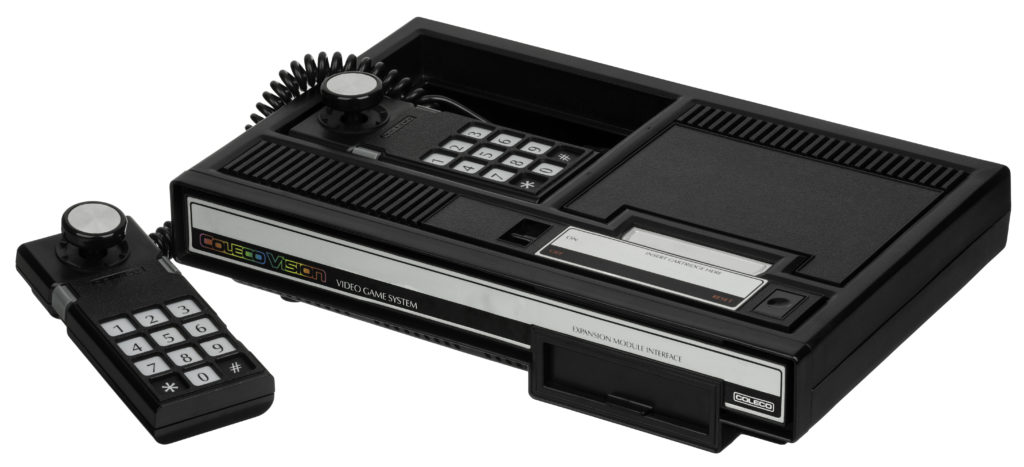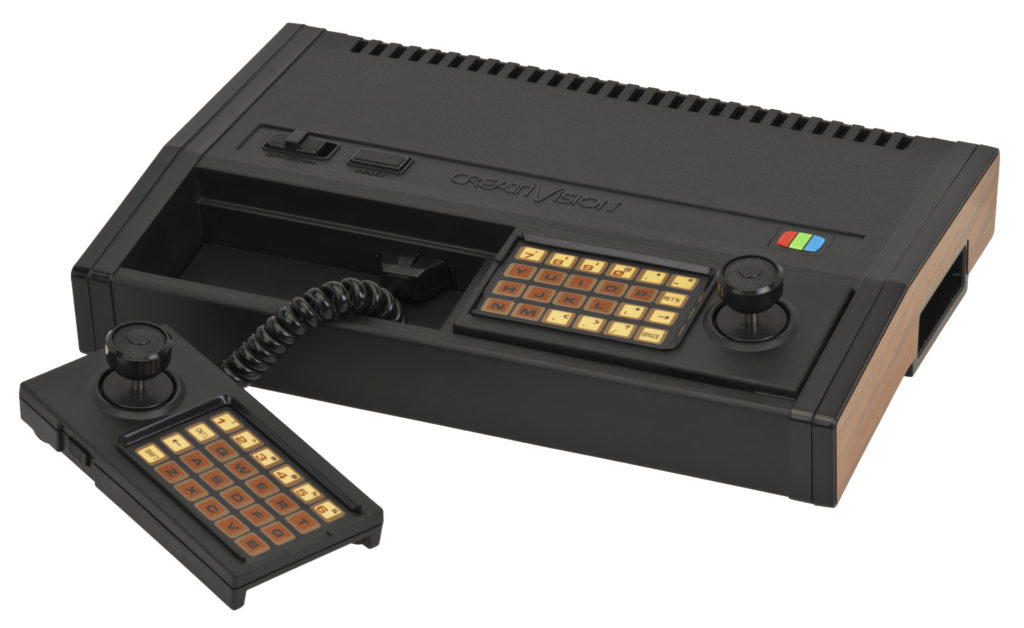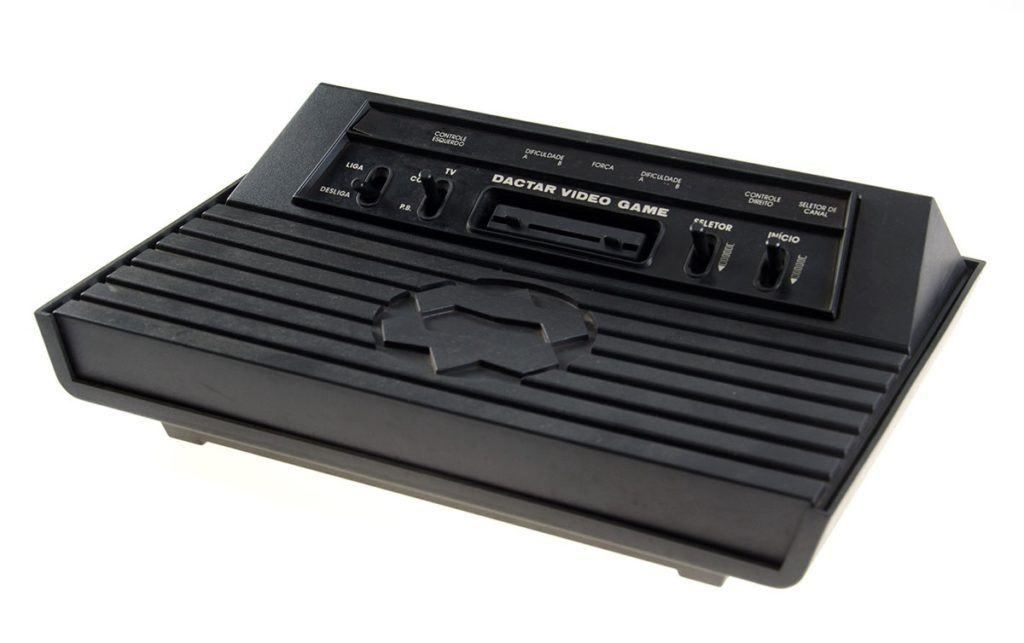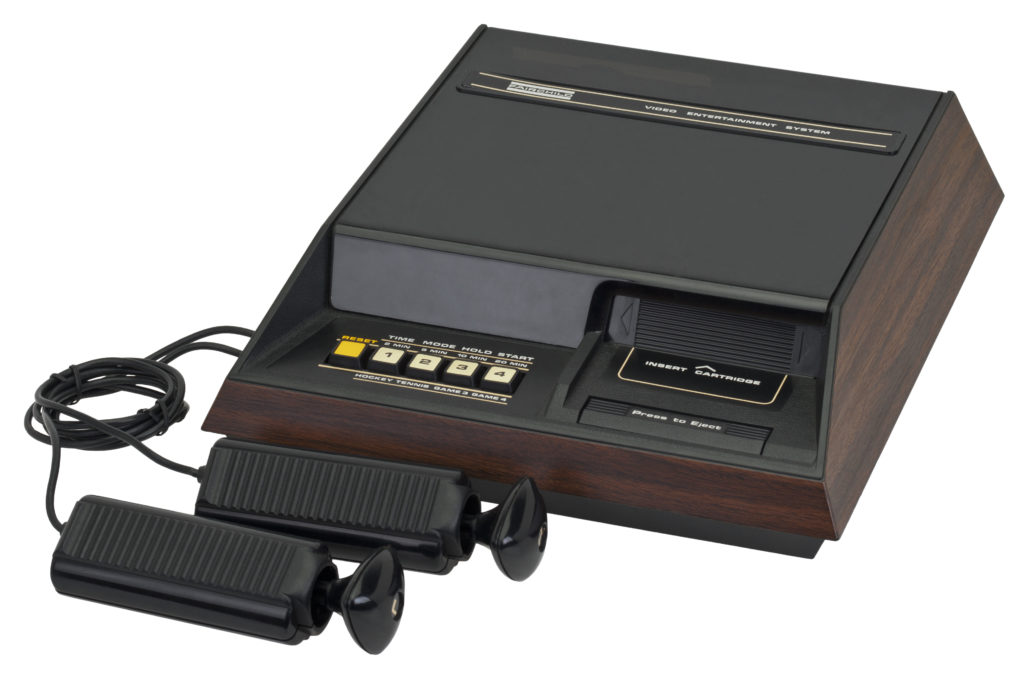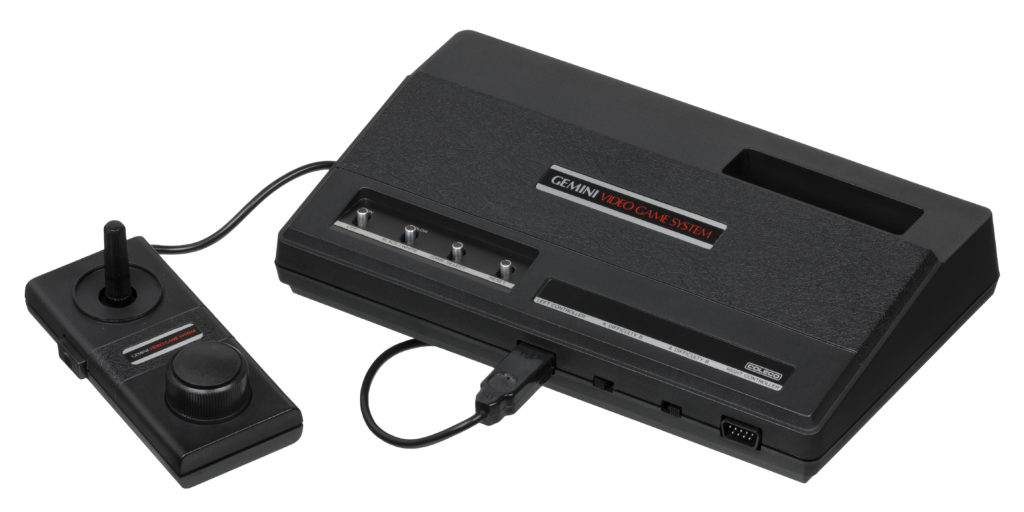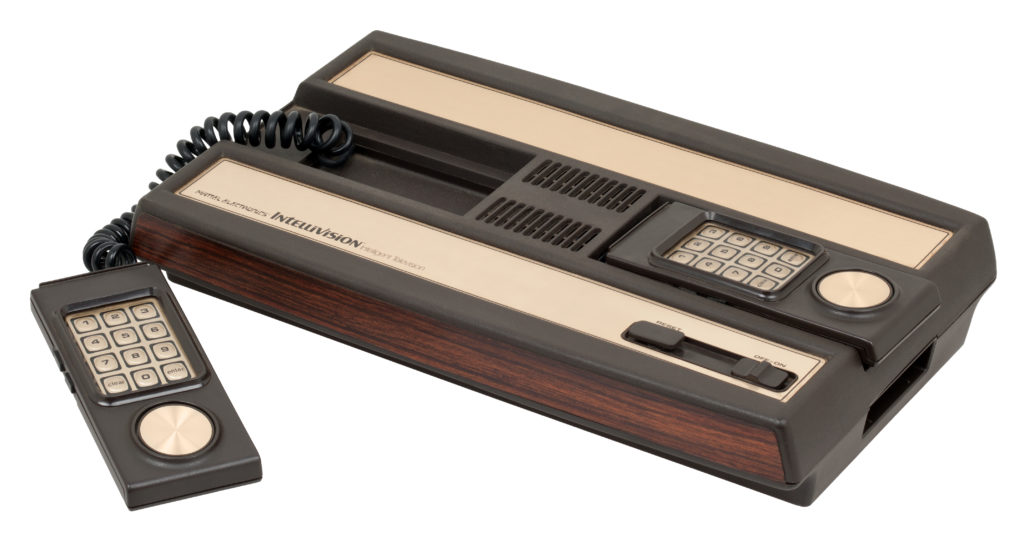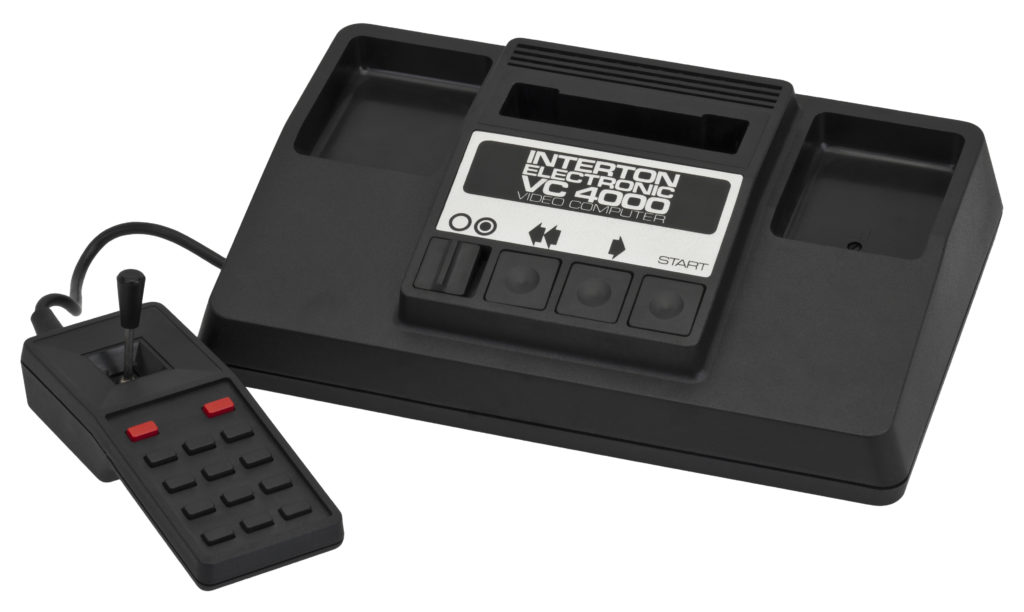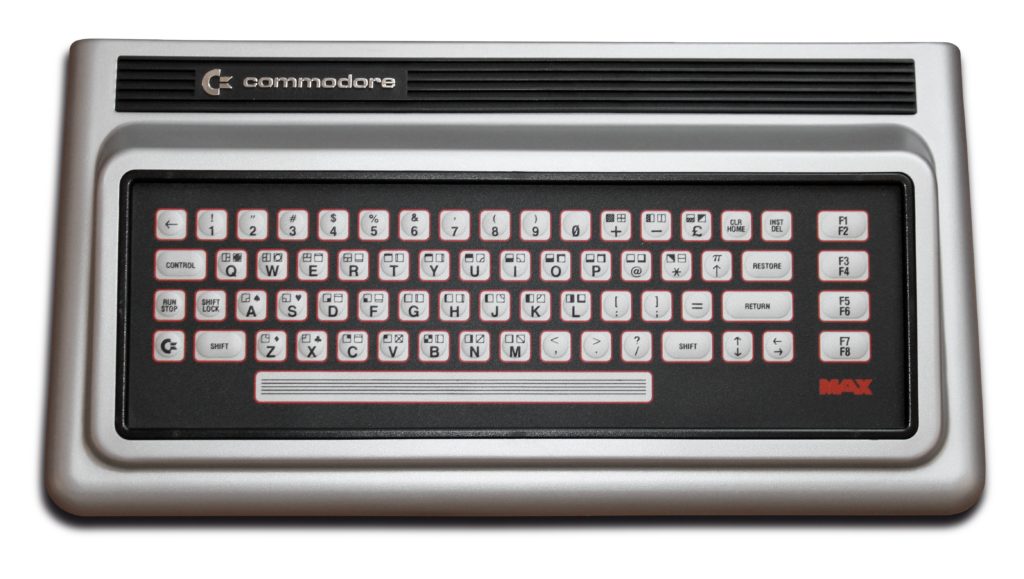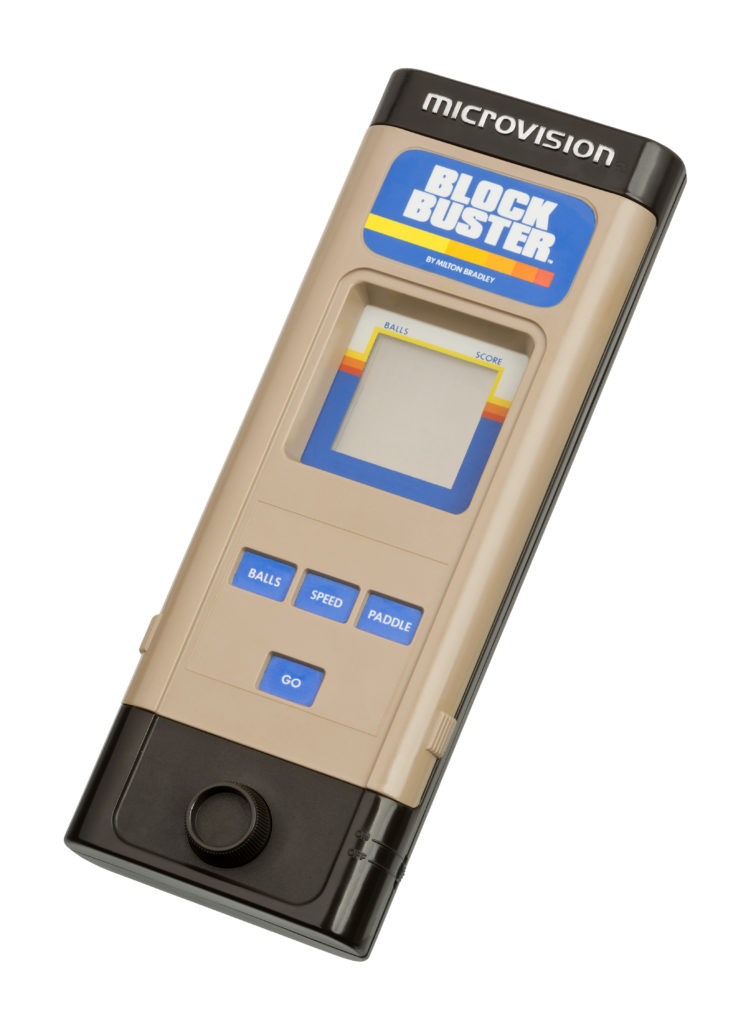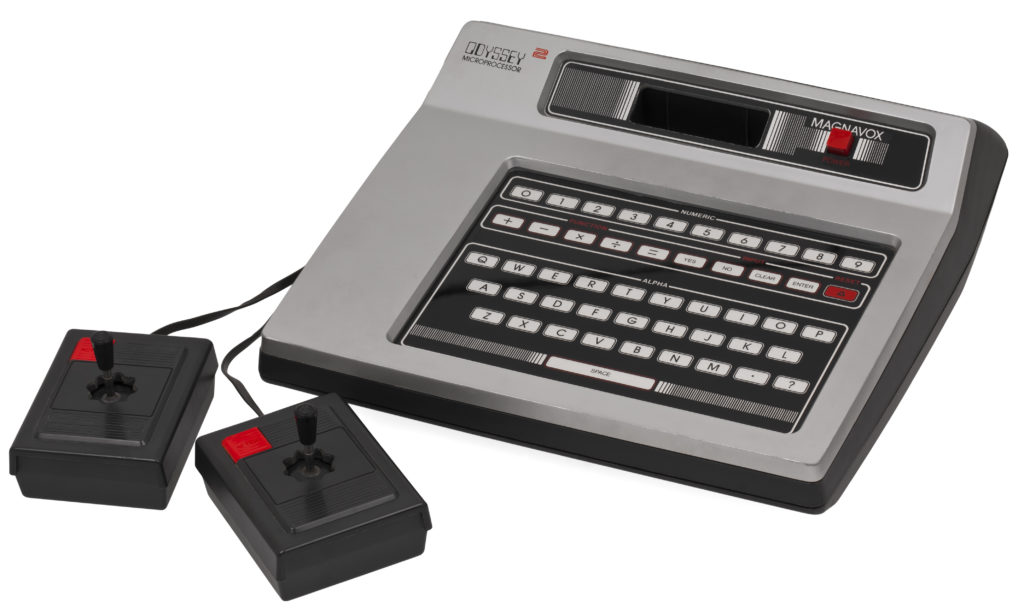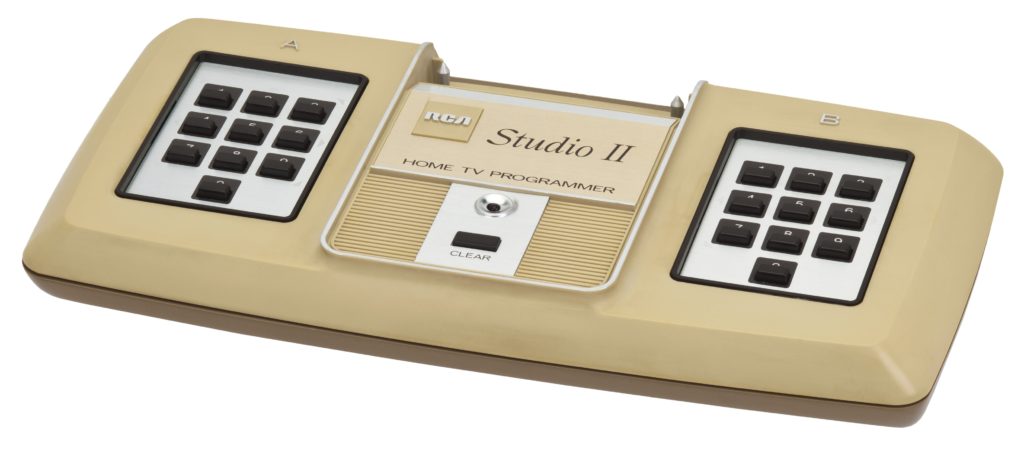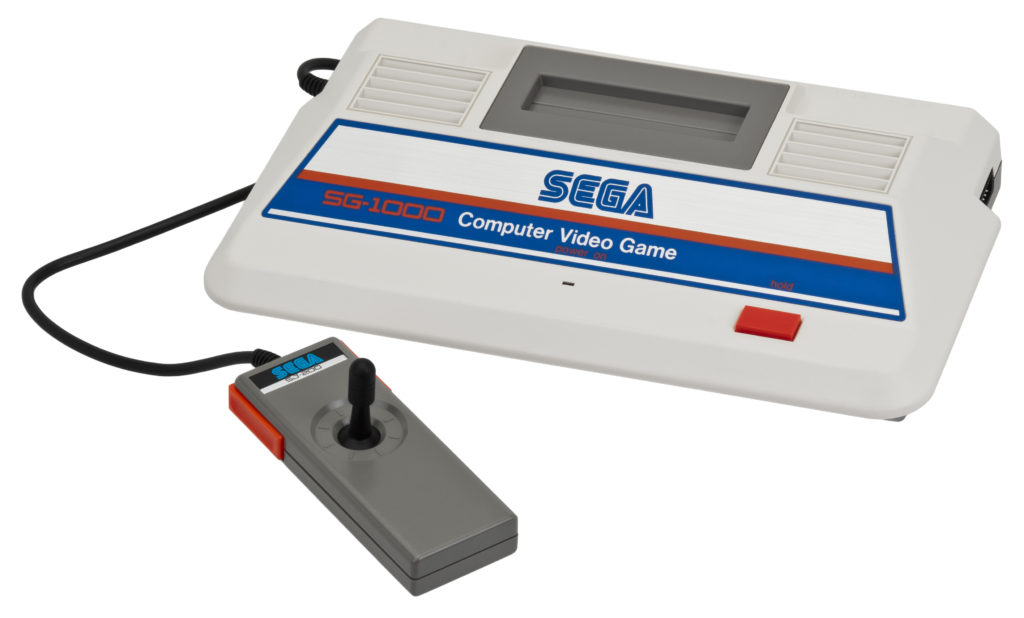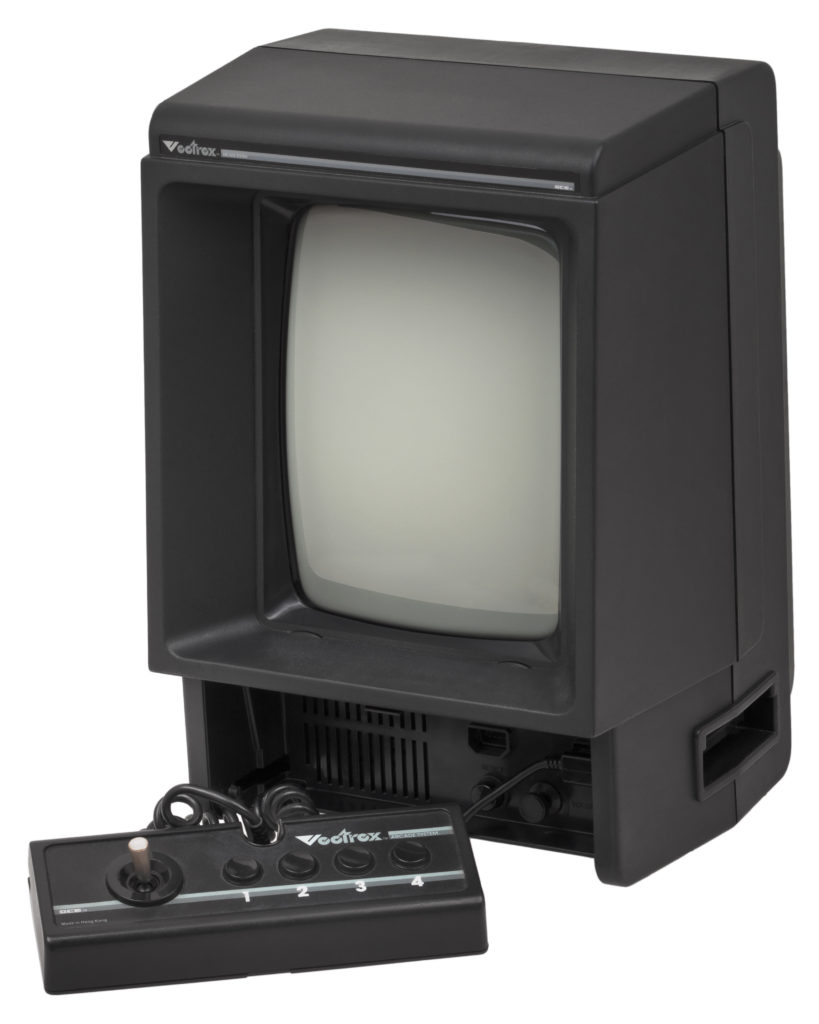1976-1984
Destaques: Atari 2600, Odssey 2, Intellivision, Game & Watch
The second generation of video game consoles began in 1976 and lasted until 1983. This generation represented a significant evolution from the previous one, introducing color graphics, improved sound, and cartridge-based games, replacing consoles with built-in games. The Fairchild Channel F was the first console to use programmable cartridges, followed by the iconic Atari 2600, which became the most popular system of its time and a landmark in the industry.
This generation also saw the emergence of companies like Mattel, with the Intellivision, and Magnavox, with the Odyssey², which competed directly with Atari. The use of microprocessors allowed for greater game complexity and better performance, influencing the future development of the industry.
Technical Information
- Period: 1976 – 1983
- Main Consoles: Atari 2600, Fairchild Channel F, Intellivision, Odyssey², Bally Astrocade
- Technology: Microprocessors, removable ROM cartridges, color graphics, and basic sound
- Game Capacity: Up to 4 KB of data per cartridge in most consoles
- Controllers: Joysticks, paddles, and keypads
General Information
- Start of the Generation: 1976
- End of the Generation: 1983
- Estimated Number of Consoles Sold (Atari 2600): 30 million
- Key Features: Cartridge use, color graphics, introduction of microprocessors
- Main Contribution: Establishment of the home video game industry
Impact and Legacy
The second generation consolidated the home video game market and established the cartridge-based business model. The Atari 2600 popularized iconic franchises and proved that video games could be a profitable industry. However, the end of the generation was marked by the 1983 video game crash, caused by an oversupply of low-quality games and a loss of consumer confidence. This event paved the way for the rise of the third generation, led by Nintendo.
Curiosities
- The Fairchild Channel F was the first console to allow the swapping of games through cartridges.
- The Atari 2600 sold over 30 million units worldwide.
- The Intellivision was the first console to offer superior graphics and sound compared to the Atari 2600, and it also featured licensed sports games.
- The 1983 crash nearly destroyed the North American video game market but opened the door for Nintendo’s entry with the NES in the next generation.

 Português do Brasil
Português do Brasil